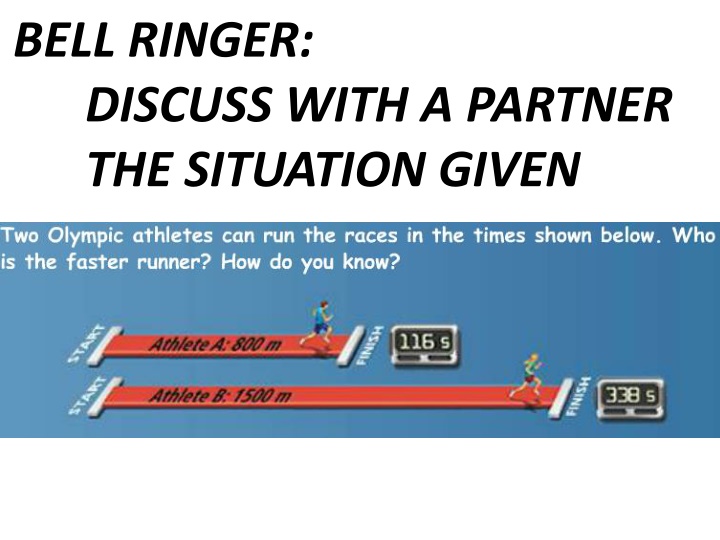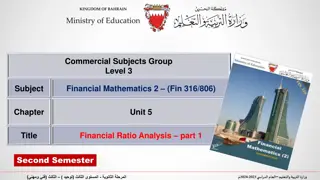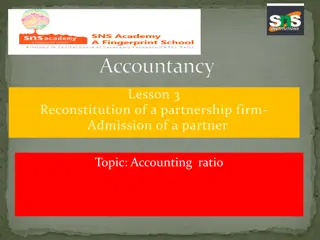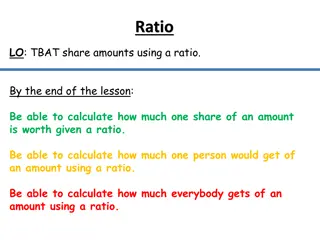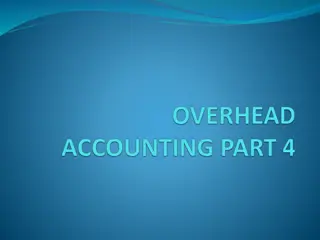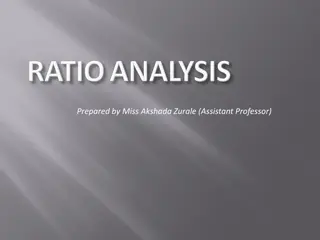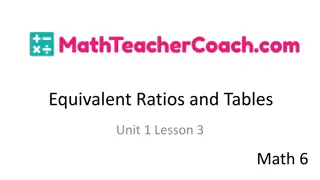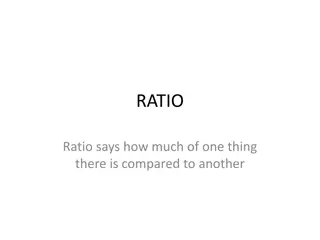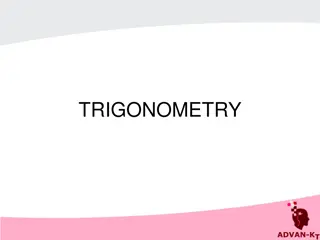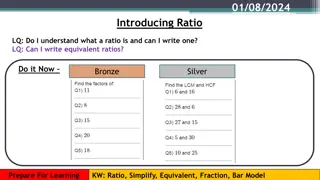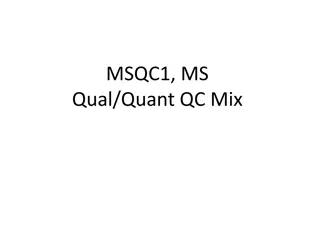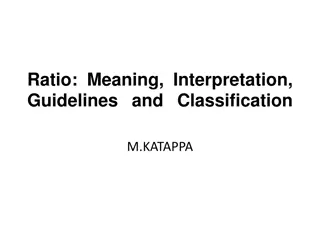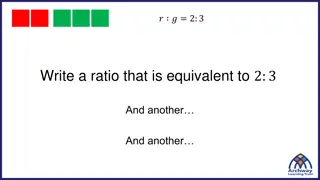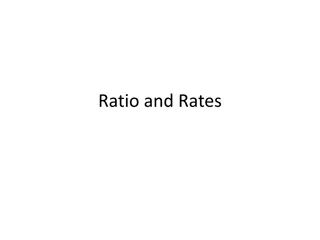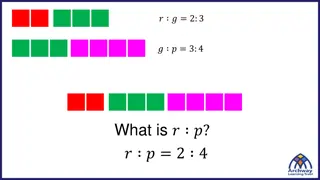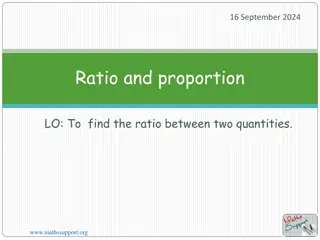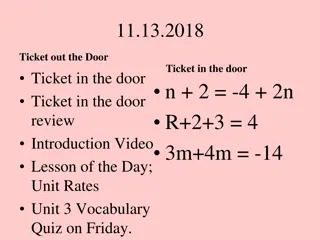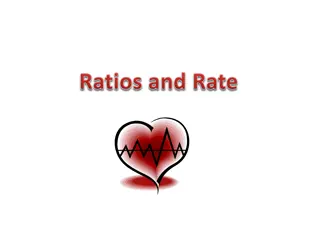Comparing Ratios, Rates, and Conversions
In this learning module, students explore ratios, rates, and conversions through real-world scenarios. They discuss with a partner, compare unit rates while shopping, convert units, and perform unit analysis. The content includes explanations, examples, and problems for practice.
Download Presentation

Please find below an Image/Link to download the presentation.
The content on the website is provided AS IS for your information and personal use only. It may not be sold, licensed, or shared on other websites without obtaining consent from the author.If you encounter any issues during the download, it is possible that the publisher has removed the file from their server.
You are allowed to download the files provided on this website for personal or commercial use, subject to the condition that they are used lawfully. All files are the property of their respective owners.
The content on the website is provided AS IS for your information and personal use only. It may not be sold, licensed, or shared on other websites without obtaining consent from the author.
E N D
Presentation Transcript
BELL RINGER: DISCUSS WITH A PARTNER THE SITUATION GIVEN
2-6 Ratios, Rates, and Conversions
Ratio: Compares two numbers by division ? ?,?:?,??? ? ?? ? Rate: A ratio that compares quantities measured in different units example: 24 miles per 5 hours Unit Rate: A rate with a denominator of 1 Example: 22 miles per 1 hour
Problem 1: Comparing Unit Rates You are shopping for T-Shirts. Which store offers the best deal? Store A: $25 for 2 shirts Store B: $45 for 4 shirts Store C: $30 for 3 shirts
2-6 Ratios, Rates, and Conversions cont.
Conversion Factor: a ratio of two equivalent measures in different units. (always equal to 1, such as 1 ?? 12 ??) (Page 814 has common equivalent units of measures)
Problem 2: Converting Units What is the given amount converted to the given units? 330 min; hours
What is the given amount converted to the given units? 5ft 3in.; Inches
What is the given amount converted to the given units? 1250 cm; meters
Unit Analysis (dimensional analysis): Including units for each quantity in a calculation to determine the unit of the answer
Problem 3: Converting Units Between Systems The CN Tower in Toronto, Canada is about 1815 feet tall. About how many meters tall is the tower. Use the fact that 1 ? 3.28 ??
A building is 1450 feet tall. How many meters tall is the building. Use 1 ? 3.28 ??
Problem 4: Converting Rates A student ran the 50-yd dash in 5.8 seconds. At what speed did the student run in miles per hour. Round your answer to the nearest tenth.
An athlete ran a sprint of 100 feet in 3.1 seconds. At what speed was the athlete running in miles per hour. Round to the nearest mile per hour.
